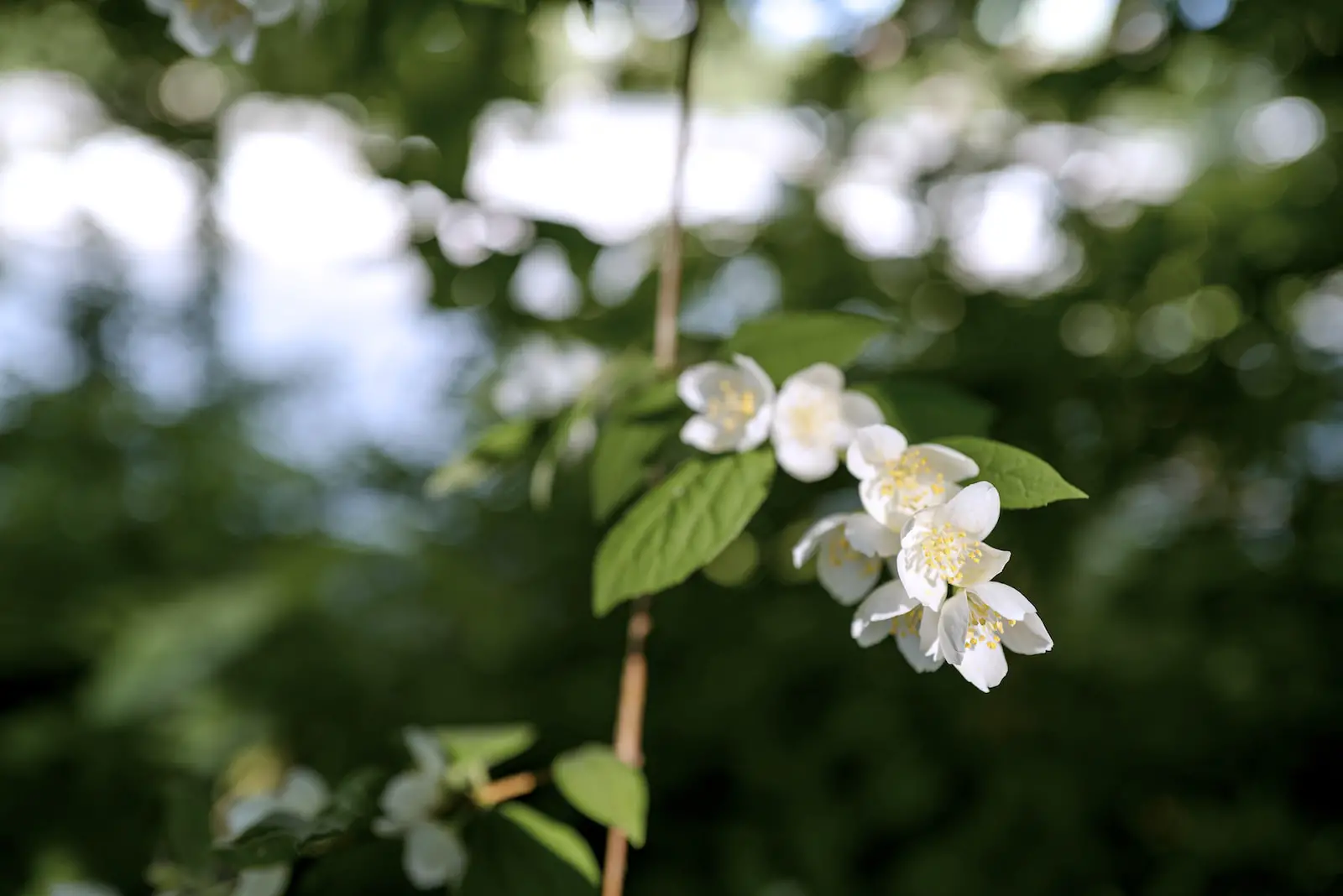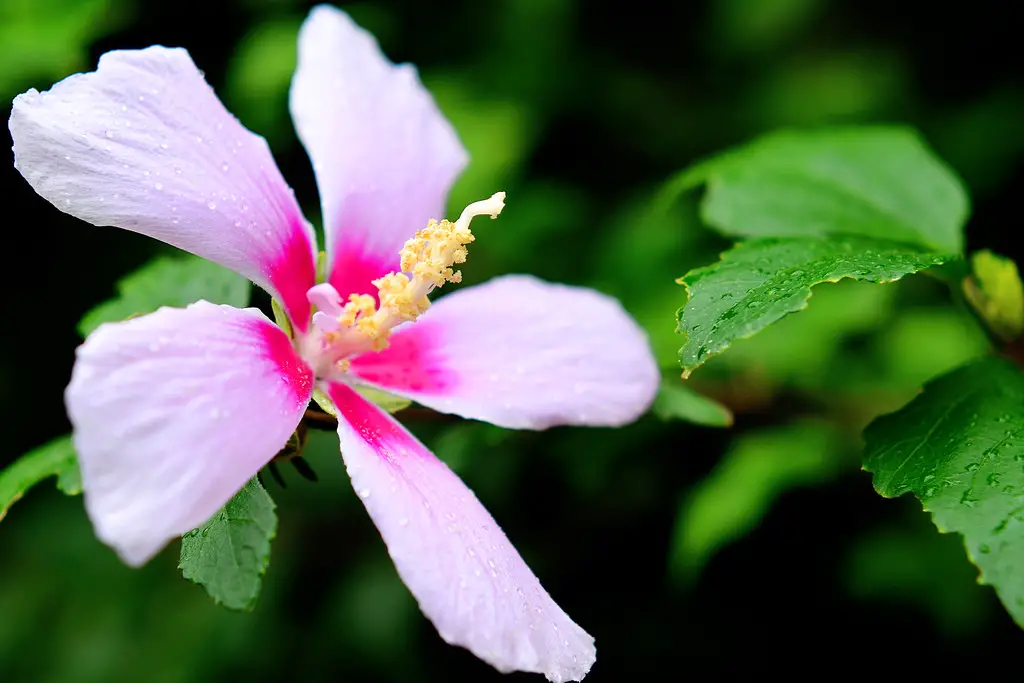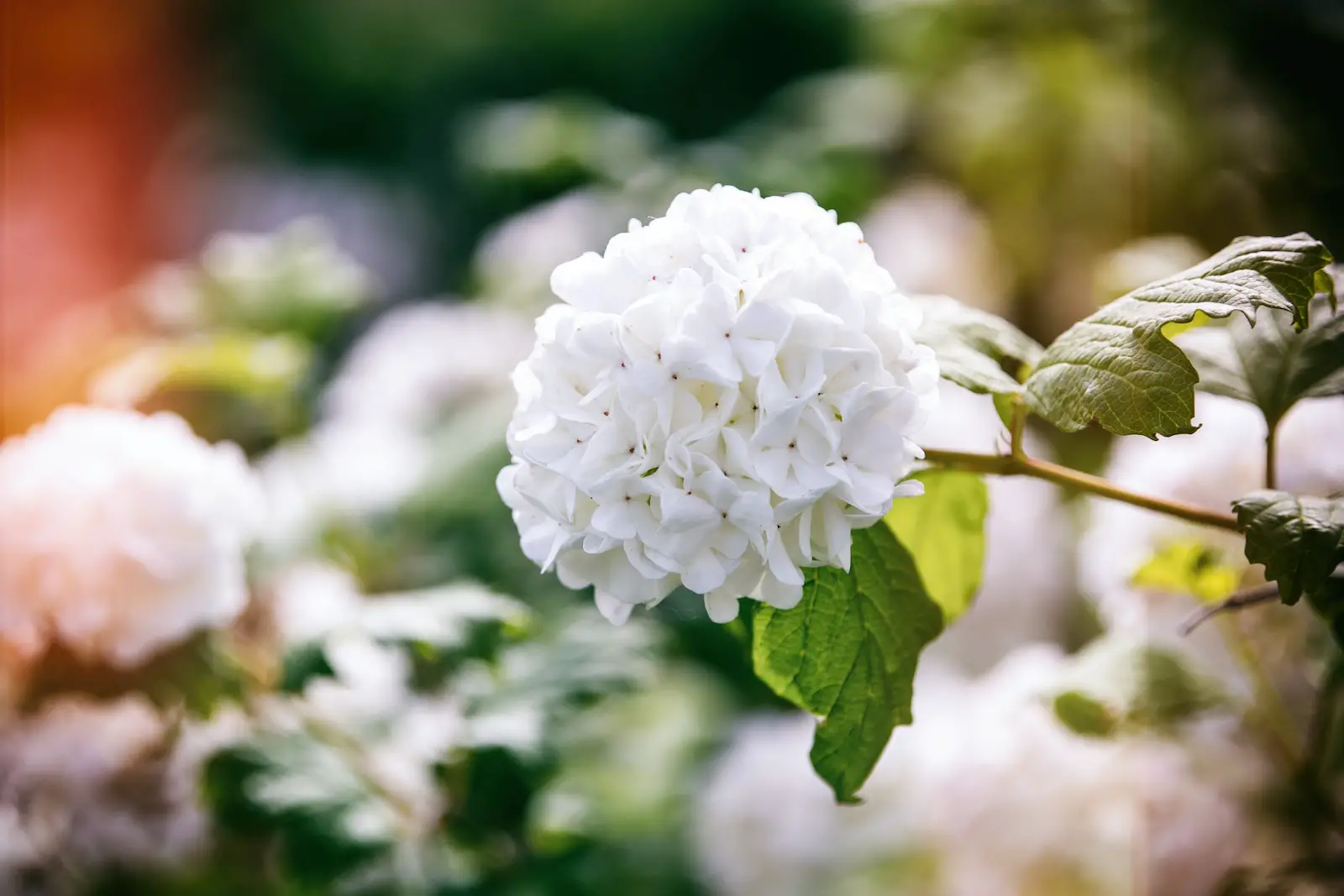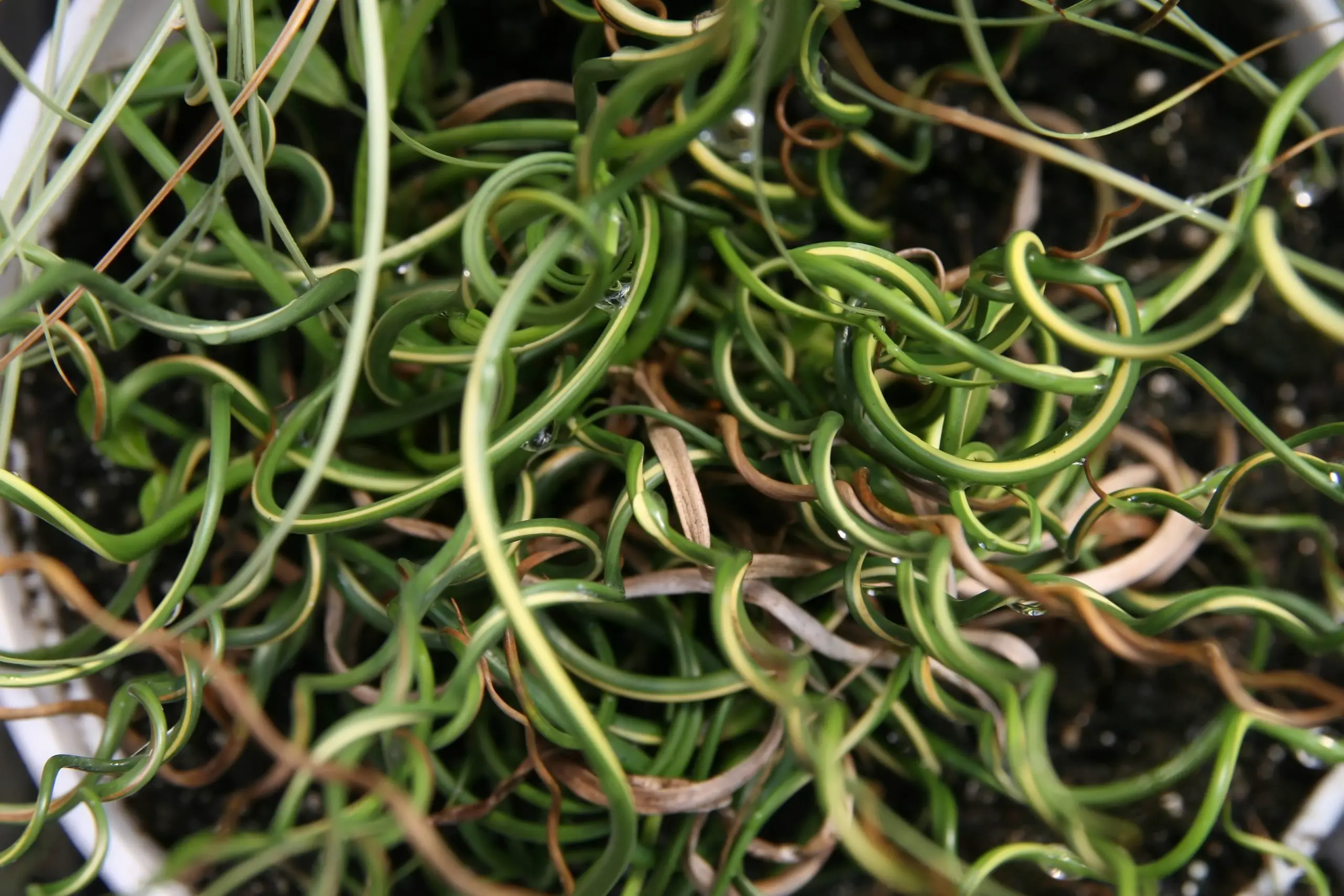Confederate Jasmine, also known as Star Jasmine, is a versatile and aromatic vine known for its lush growth and intensely fragrant white flowers. This evergreen twining vine has shiny, dark green leaves that provide a beautiful backdrop for its star-shaped flowers, which bloom prolifically in late spring and early summer. Despite its common name, Confederate Jasmine is not actually a true jasmine but rather a member of the Apocynaceae family.
The plant’s enchanting fragrance and attractive appearance make it a favorite choice for gardens, patios, and balconies. It can be trained to climb walls, trellises, and fences, or allowed to sprawl as a ground cover. The sweetly scented blossoms are also used in perfumes and aromatherapy.
Native to China, Confederate Jasmine has adapted to various climates and is widely grown in the southern United States and other warm regions. Its resilience, low maintenance needs, and enchanting aesthetics contribute to its popularity among garden enthusiasts.
| Attribute | Details |
|---|---|
| Common Names | Confederate Jasmine, Star Jasmine |
| Botanical Name | Trachelospermum jasminoides |
| Family | Apocynaceae |
| Plant Type | Evergreen vine |
| Mature Size | 10-20 feet |
| Sun Exposure | Full sun to part shade |
| Soil Type | Well-drained, slightly acidic |
| Hardiness Zones | 8-10 |
| Native Area | China |
Confederate Jasmine Care
Confederate Jasmine is an easy-to-grow plant that thrives with basic care. When planted in a suitable location with proper soil and light conditions, it requires minimal attention.
The vine grows vigorously, so providing a support structure or training it is essential to guide its growth. Regular pruning helps maintain its shape, and occasional fertilization ensures healthy and robust development. Although it can adapt to various soil types, well-drained and slightly acidic soil is preferred. Watering needs are moderate, and the plant exhibits good drought tolerance once established.
Light Requirement for Confederate Jasmine
Confederate Jasmine performs best in full sun to part shade. While it can tolerate some shade, more sun exposure leads to more abundant flowering. In regions with intense summer heat, some afternoon shade can protect the plant from scorching.
Soil Requirements for Confederate Jasmine
This vine prefers well-drained, slightly acidic soil. Although it can adapt to different soil types, including clayey soil, improving drainage with organic matter helps prevent root rot and other related problems.
Water Requirements for Confederate Jasmine
Confederate Jasmine has moderate water needs. Regular watering is essential when the plant is young and establishing. Once mature, it exhibits good drought tolerance, though consistent moisture promotes healthier growth.
Temperature and Humidity
Confederate Jasmine is suitable for hardiness zones 8-10. It prefers warm temperatures and can suffer damage if exposed to prolonged freezing conditions. Humidity is typically not an issue for this resilient plant.
Fertilizer
An annual application of balanced slow-release fertilizer in early spring is usually sufficient for Confederate Jasmine. Supplementing with a liquid fertilizer during the growing season can boost growth and flowering if the soil lacks essential nutrients.
Pruning Confederate Jasmine
Pruning is vital to control the growth of Confederate Jasmine and maintain its shape. Regular trimming helps keep the vine in bounds, and cutting back old or dead growth encourages fresh, healthy development.
Propagating Confederate Jasmine
Confederate Jasmine can be propagated from semi-hardwood cuttings. Taking cuttings in early summer and rooting them in a mixture of sand and peat can yield new plants with relative ease.
How To Grow Confederate Jasmine From Seed
Growing Confederate Jasmine from seed is possible but less common, as it can be more challenging and time-consuming. The seeds should be sown in a well-draining mix and kept warm and moist until germination.
Common Pests & Plant Diseases
Aphids
Aphids can occasionally infest Confederate Jasmine. Regular inspection and treatment with insecticidal soap can control the problem.
Scale Insects
Scale insects might be a problem as well, and horticultural oil can be used to manage these pests.
Common Problems With Confederate Jasmine
Overwatering
Overwatering can lead to root rot. Ensuring proper drainage and avoiding waterlogged soil mitigates this issue.
Poor Flowering
Inadequate sunlight can cause poor flowering. Planting in a location with sufficient sun exposure and avoiding excessive nitrogen fertilization helps promote blossoming.
Pro Tips
- Train Confederate Jasmine on trellises, arbors, or fences to showcase its beauty.
- Utilize it as a ground cover in large areas where its rapid growth can fill in space.
- Prune regularly to control growth and shape, especially in smaller garden spaces.
- Consider growing in a container with a trellis for patios and balconies.
- Plant near windows or seating areas to enjoy the intoxicating fragrance of the blossoms.



